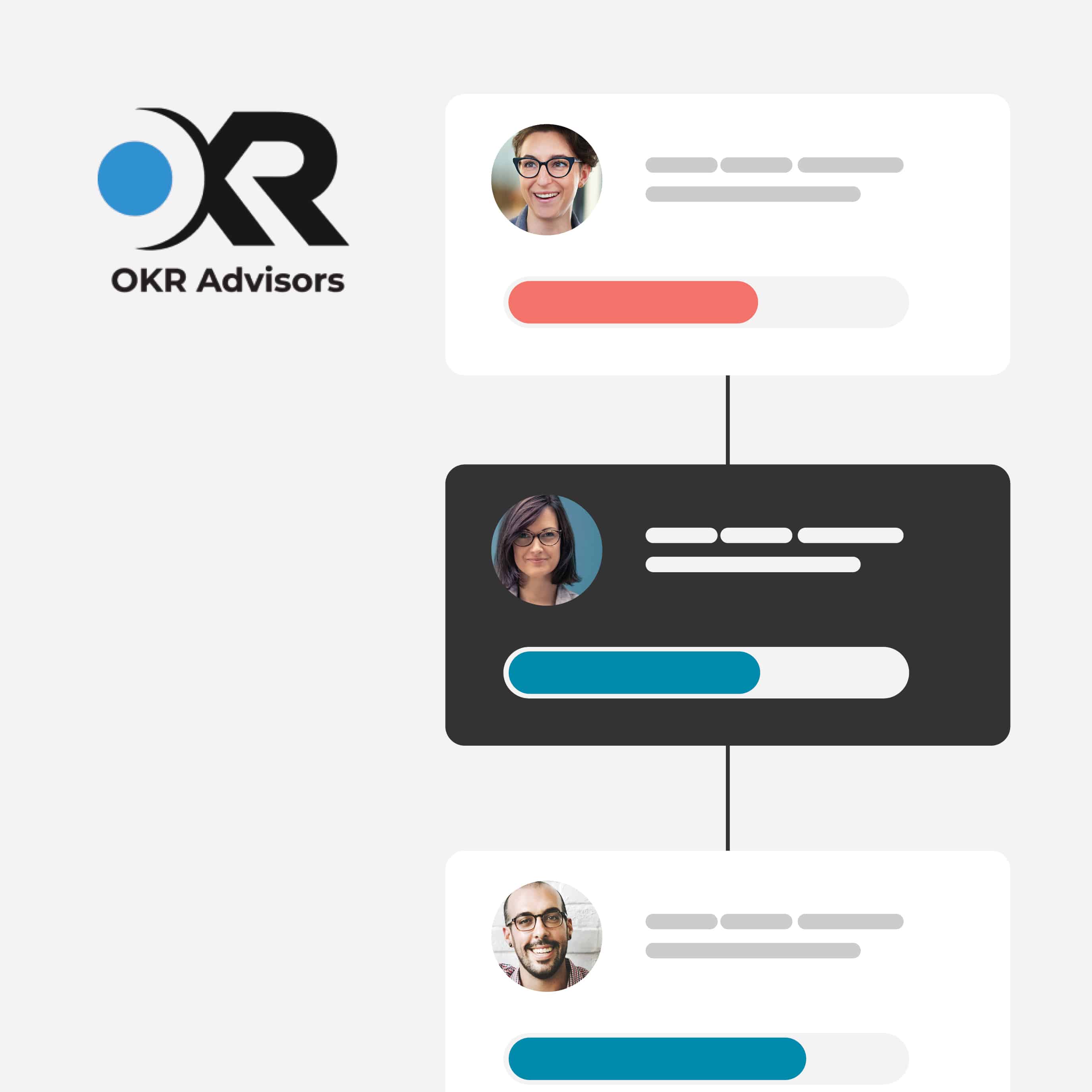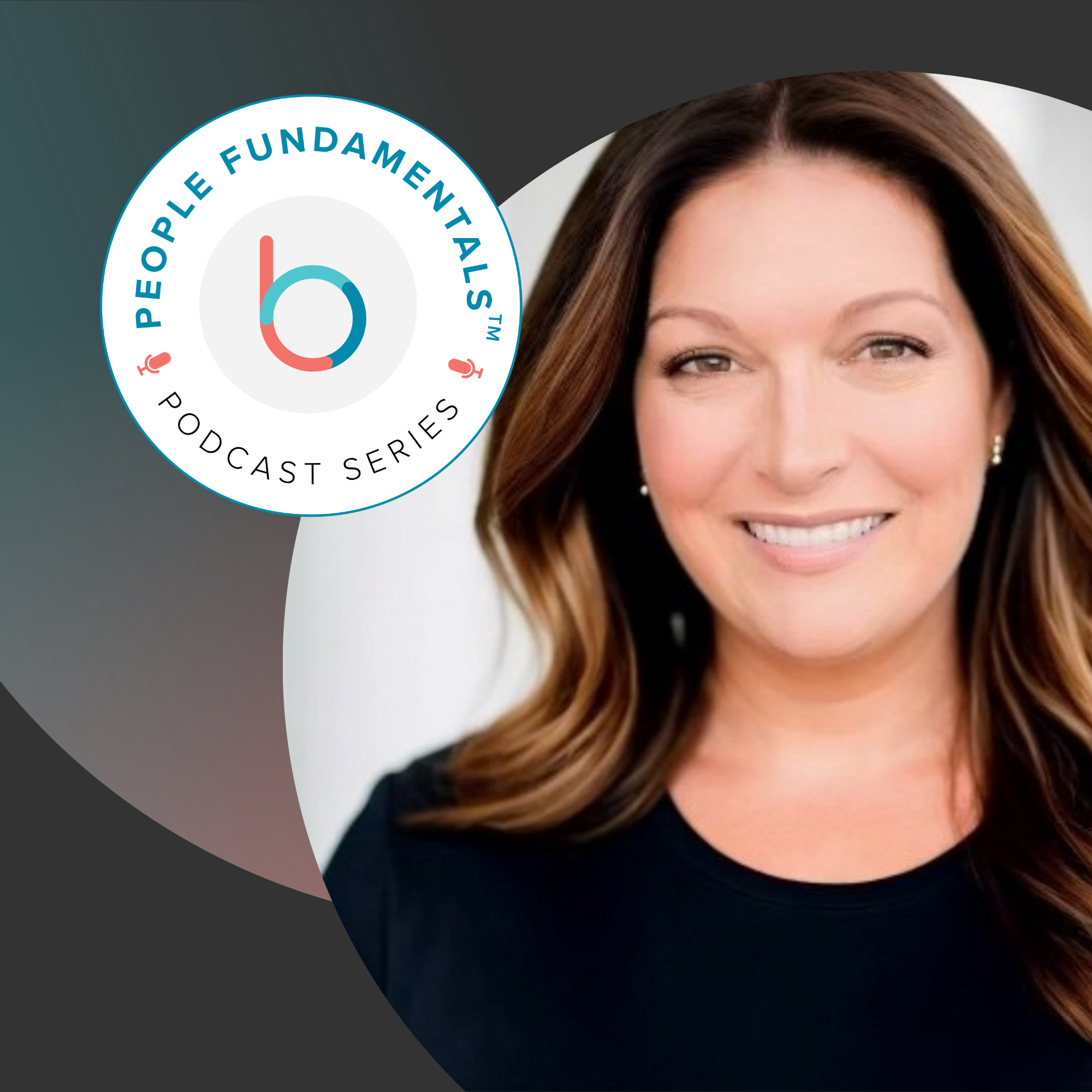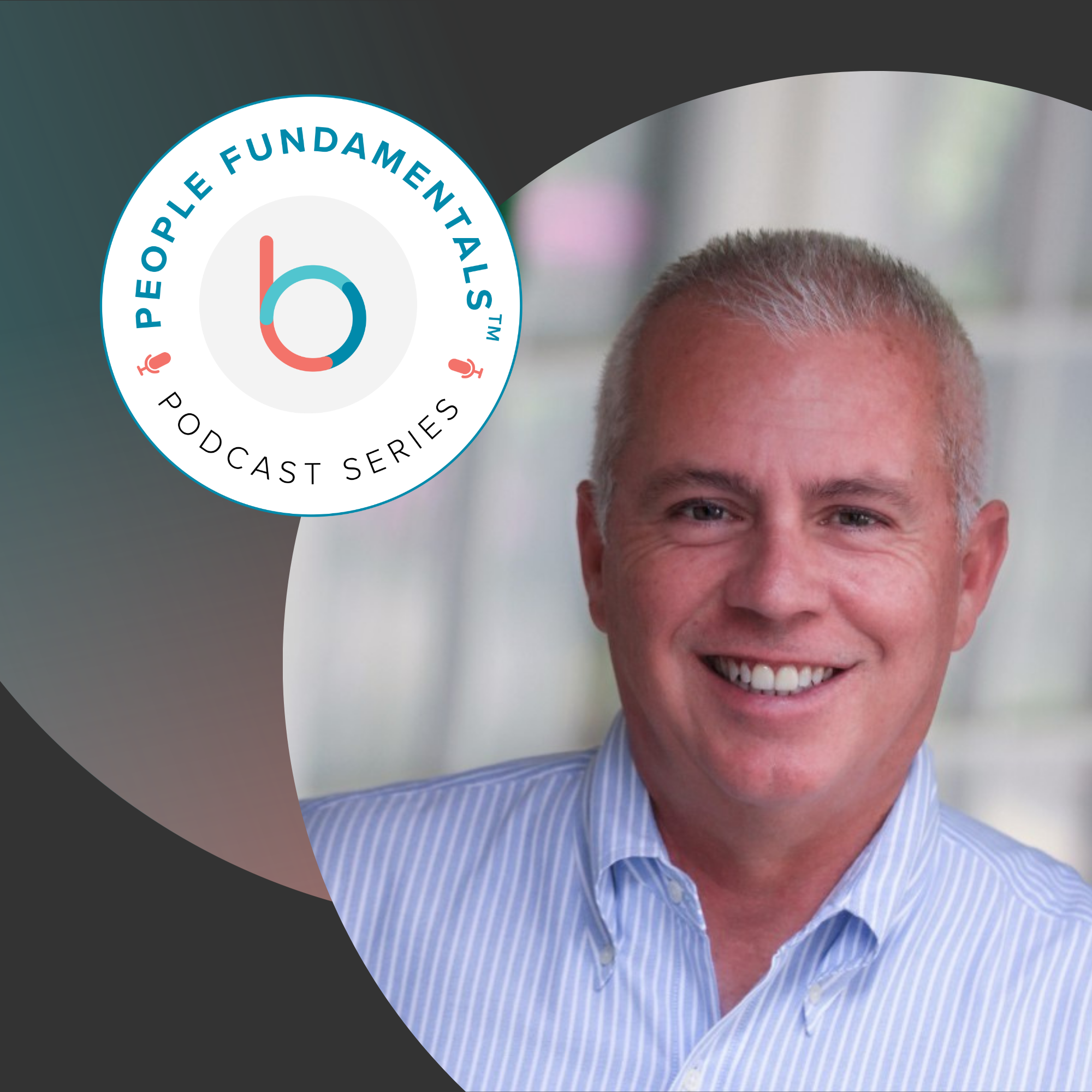This blog post was provided by OKR Advisors, a Betterworks Solution Partner and OKR expert consultant located out of Bellevue, WA. We’d like to thank their team for offering their valuable insights on the Betterworks blog!
Any organization aiming to gain or maintain a leadership position in the market – or just stay competitive – must regularly challenge and assess its winning strategy and be ready to pivot as necessary when market or internal conditions change. The expression “What got you here won’t get you there” could not be more relevant in this context.
All companies face the need to undergo shifts in their strategy at different stages in life. Their ability to manage through these cycles of transformation is a significant factor in their ability to gain a competitive advantage over time.
We know that planning and executing strategic initiatives to build the corresponding capabilities necessary to stay ahead can demand significant resources and attention from organizations, so it’s imperative that such investments deliver some form of intended outcomes.
The pressure to deliver quickly and efficiently has never been greater.
Therein lies the challenge we have seen many teams struggle with. As crucial as it is for strategic initiatives to align to objectives and deliver the intended results, many teams struggle to dedicate the quality time, processes, and critical conversations necessary to define success in terms that teams across the organization can understand and work towards solving.
Instead, we see a common pitfall in teams laddering strategic initiatives under a set of objectives and quickly cutting the process short to focus time and energy towards planning how best to produce outputs and deliverables. The tendency and pressure to get moving and make progress as quickly as possible take over.
Consequences of moving into planning work and outputs instead of staying in the moment and effectively planning towards outcomes and results include:
- A misaligned and disengaged workforce that has no clear measure of success across teams and departments or divisions.
- An overburdened leadership and management team that has to constantly be involved in providing direction without clear measures of success.
- An output management mindset, where success is measured by getting work done and outputs out the door instead of achieving a measurable outcome or impact for the organization and/or team.
- A culture that resists changing plans and direction, as such changes imply that a team or individual’s goal (in the form of an output) gets nixed.
- Change fatigue by middle management and teams, as new initiatives seem to continuously pop up with no clear measures of success.
- Top-down planning, with limited input from those in the trenches.
Defining Key (Measurable) Results
Companies that excel at strategic agility demonstrate a ruthless focus and investment of time during strategic planning cycles on defining key measurable outcomes (we’ll call them key results from this point on) across strategic objectives that cascade down and align across the organization, creating a network of interconnected key results that teams can aspire to achieve and build an execution plan for.
Far from slowing execution down, this up-front investment of time gives teams the direction, focus, and alignment needed for them to be more autonomous, giving company leadership more time and space to actually execute their function as leaders in the company.
Furthermore, this approach challenges teams and individuals to:
- Think about what will ultimately drive intended key results, knowing that an execution plan and related activities are based on a hypothesis that once the work is completed, it will yield the intended key results.
- Recognize that they may be wrong about assumptions made, and that the action plan may not lead to the success they hoped for. If the hypothesis is proven wrong (or they strongly believe it will, based on early evidence), teams must have a mindset and methods in place to quickly re-assemble and develop a new plan of action to achieve the target results.
- Build confidence in being vulnerable as teams and individuals and being willing to declare low confidence towards achieving an owned target key result. This represents a significant mindset shift for many organizations where culturally, declaring low confidence in one’s own goal is seen (and in many cases proven to be) a sure path to a poor performance review. However, early detection (and mitigation) of a company or team’s low probability to fully achieve a key result is one of the greatest opportunities for companies to increase their results achievement over time. Yet this requires teams to trust that a low confidence assessment will not have a direct negative impact on their individual performance review, but will rather get the necessary support from management as long as the key result continues to be a priority.
- Feel confident as leaders to set clear targets and trust teams will come up with the best possible approach to achieve the intended result. Not only does this create a greater sense of ownership, but it also reduces the “vertical distance” necessary for decisions to be made within an organization’s hierarchy.
Understanding The Critical Role Of OKRs
This is where properly implemented OKRs (Objectives and Key Results) can play a crucial role in establishing a network of interconnected measurable results across teams (and time), bringing clarity of ownership around outcomes.
OKRs are a great way to create this network of results, and companies that master the use of OKRs see a much greater sense of alignment, ownership, autonomy, and engagement in teams and individuals.
When used in conjunction with the right OKR tool, management teams can have much greater precision in identifying areas of the business where low confidence of outcome realization exists and the ability to pivot more quickly if outcome drivers are not yielding the intended higher-level results.
In fact, companies that rank highest in the agile strategy maturity model demonstrate the ability to effectively use platforms, data, and machine learning tools to help accelerate the test and learn process and arrive at winning formulas more quickly.
Defining The Path To Greater Strategic Agility Through OKRs
So how does an organization get started on a path to greater agility as it seeks to transform its business?
While each organization has a specific setup and level of maturity in its ability to effectively drive a strategy forward, which in turn informs the best-fit approach to gain greater strategic agility, there are a number of foundational steps an organization needs to take in order to effectively start on a right path forward.
First, there needs to be full commitment and alignment within leadership to spend the necessary time and effort to adopt OKRs effectively over time, knowing that it takes several quarters for teams to get the most value out of the methodology.
Second, getting the right level of support in the form of expert coaching and advisory to prevent common pitfalls, gain confidence, and maximize adoption. This represents a shift in mindset from outputs to outcomes, which takes time and commitment to effectively make the pivot.
And third, recognizing where the organization is across several categories – including culture, processes, leadership, strategy, tools, data, and people – and understanding that it takes expertise and intentional change leadership to bring everyone along in the journey. An expert strategic execution and OKR advisor should take a holistic view of the business across the categories mentioned and be able to partner and develop an adoption plan that best fits the needs and context of the company.
In conclusion
As the economy continues to open up and expand in 2021 and beyond, many companies are finding an opportunity to go after and realize unprecedented growth, providing new opportunities to capture market share under new market conditions. While speed and quality of delivery are necessary components to realize this opportunity, effective strategic agility is what makes this performance sustainable over time as market conditions continue to change.
In this context, having OKRs defined as a network of committed outcomes across the organization that are representative of a clear business strategy for the conditions at a point in time are one of the best ways for companies to gain focus and alignment on what’s strategically important, adopt an outcomes-based mindset and behavior (instead of just seeking outputs), drive accountability and autonomy for teams to succeed and minimize tactical demands on the leadership team.
Successfully adopting OKRs takes time and commitment. Learning the mechanics of the methodology is merely a factor of success. More importantly, leading and enabling a change in culture and new ways of working and communicating is what ultimately makes the adoption stick, generating the much promised value over time.
An expert strategic and OKR advisor with the right change leadership experience will help guide and enable the organization, avoiding common pitfalls and drastically increasing the odds of success.






